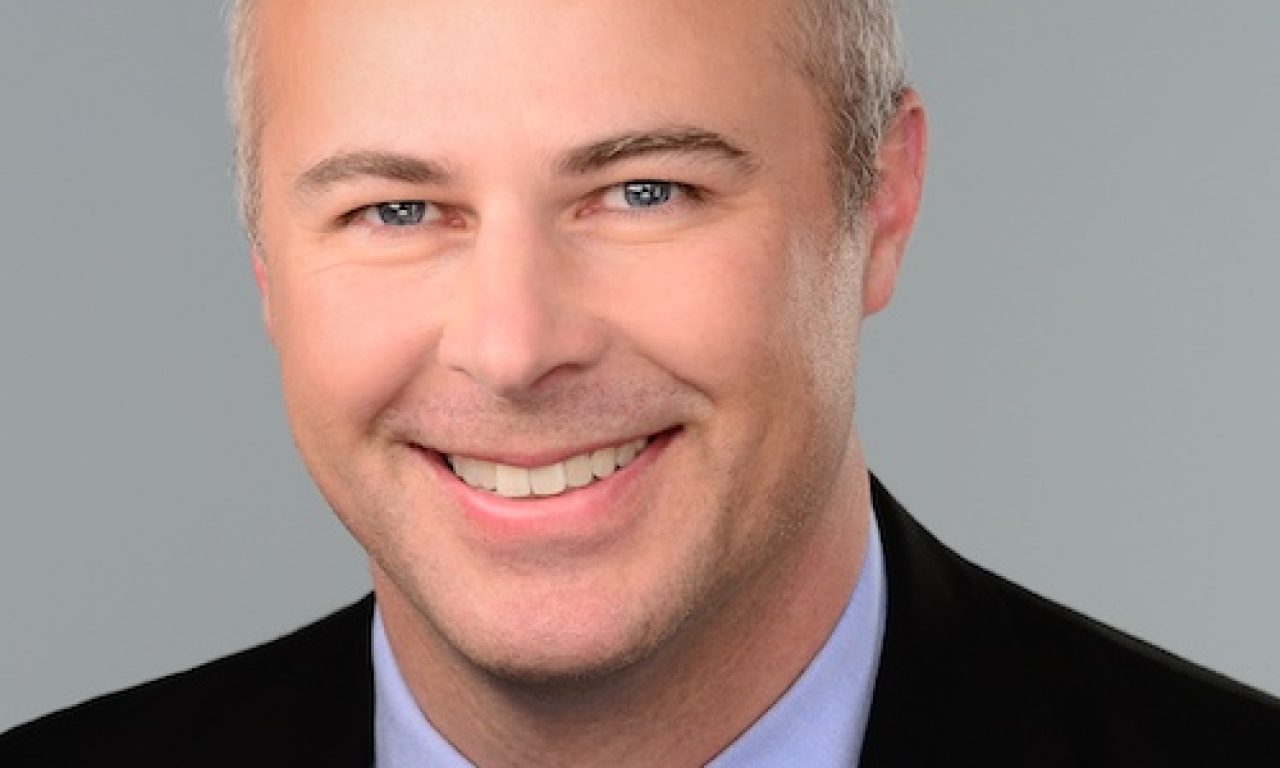(pictured: Sinclair Scholfield)
Big super funds plan to lift their exposures to alternatives despite serious concerns about transparency and their own governance of those investments, according to a survey by State Street. Most big funds around the world, the survey shows, are also grappling with a new model for their members’ retirement.
The survey – ‘Pensions With Purpose: Meeting the Retirement Challenge’ – was conducted in the last quarter of last year, before share markets started to tumble, and involved 400 of the world’s largest asset owners, of which about 100 were from the APAC region and 30 from Australia.
Sinclair Scholfield, head of sector solutions for Australia and New Zealand at State Street, said there were several important trends identified by the survey and some interesting differences between Australian super funds and their overseas counterparts.
Funds around the world were being forced to rethink their strategies and implement an overhaul of their governance structures as they face volatile markets, ageing populations and tighter regulation, he said.
“While there’s not one single strategy that will solve the challenges for the entire industry, super funds are focusing on owning the right mix of talent, strategy, risks and efficiency gains,” he said. “This research underscores the need for super funds to develop a clear mission and sustainable strategies to ensure success for an ever-expanding universe of super savers.”
Funds were looking for sustainable returns, which is a driver of further allocations to alternatives. Just over 90 per cent of Australian funds intend to upgrade at least one aspect of governance, the survey shows, and 70 per cent plan to revise their incentivisation schemes as they build up internal investment teams.
But the respondents’ views about their boards did not display a lot of confidence. Only 13 per cent rated their boards highly with respect to their level of investment expertise of alternatives assets, but the same number thought there was a very high level of general financial literacy across the board. Only 20 per cent thought their boards have very high ability to actively assess the performance of investment managers.
With retirement strategies and products, according to the respondents, who were predominantly fund executives, only 23 per cent of boards understood the risks facing the retirement fund and 37 per cent were able to think beyond short-term issues.
Australian funds were moving further into alternatives to a slightly greater extent than the global average. A total of 65 per cent want to increase exposures to real estate (versus 50 per cent globally) and 48 per cent to infrastructure (41 per cent) over the next three years. With private equity, 44 per cent of Australian funds want an increased allocation (46 per cent).
Scholfield said that while most funds are saying they want to increase their alternatives exposures, they suffer from a lack of supporting tools for their governance.
“Australian funds still see room for improvement in their ability to manage liquidity risk,” he said. Only 9 per cent rate themselves ‘most effective’ in this regard. Liquidity risk is acknowledged as a particular risk, and this appears to be a fundamental issue for the Australian funds.”
An underlying difference between Australian funds and their international counterparts in the current environment is that the Australian funds are tending towards de-risking their portfolios, whereas most funds globally are more likely to hold their risk levels overall.

